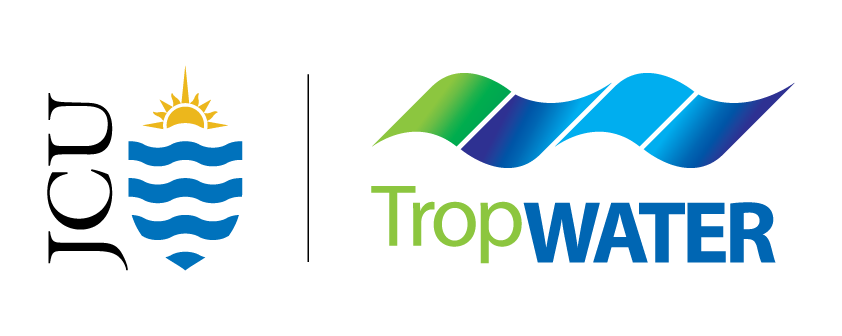TropWATER joins new alliance to strengthen water quality science across Queensland
- emmarehn5
- May 26
- 3 min read

Scientists at James Cook University TropWATER are expanding their long-standing water quality monitoring and community engagement through a major new initiative – the Catchment Water Quality Alliance.
The new Catchment Water Quality Alliance brings together researchers from JCU TropWATER, the University of Queensland’s Reef Catchment Science Partnership and the Queensland Department of the Environment, Tourism, Science and Innovation.
The Alliance will improve water quality monitoring, enhance innovative data sharing platforms and engage regional stakeholders to assist communities and organisations to better care for Queensland waterways.
TropWATER will support monitoring program across North Queensland while broadening the communication of results through existing local-scale water quality projects and extension networks.
JCU TropWATER Director, Professor Damien Burrows, said TropWATER brings over three decades of experience working with growers, graziers and governments to monitor and improve water quality in the Great Barrier Reef.
“Being based in North Queensland, close to reef catchments, gives us a unique ability to respond quickly to local weather events to capture critical data that feeds directly into government datasets – building a clearer, more regionally informed picture of water quality issues,” he said.
“Our strength is not just in monitoring and research, but how we work with communities. We focus on communicating the science clearly and directly to growers and regional groups, allowing the data to be understood and used where it matters most.
“With Alliance staff based in Townsville, we’re well positioned to connect local insights, water quality science and decision-making. This partnership will enhance how data, communication and collaboration can drive water quality solutions.”
The water quality monitoring data will be used for a range of purposes including reporting on the health of the waterways, rivers and reef and guiding best practice for improving catchment management initiatives across Queensland.
The collaboration will also allow for a deeper exploration of data that has been collected over the past 20 years.
The efforts of the Alliance will build on work already underway such as the Great Barrier Reef Catchment Loads Monitoring Program (GBRCLMP) and the South East Queensland (SEQ) Catchments Water Quality Monitoring Program.
GBRCLMP involves First Nations, industry and Natural Resource Management (NRM) groups as well as landholders to undergo comprehensive training, equipping them with the skills and knowledge needed to track long-term trends in catchment health, while fostering a deep understanding of local waterways.
Queensland Chief Scientist Professor Kerrie Wilson said this collaborative initiative will play a vital role in protecting Queensland’s iconic ecosystems and ensure the resilience of the Great Barrier Reef and SEQ catchments for generations to come.
“By harnessing scientific expertise from both government and academia, and using innovative approaches in Reef and SEQ catchment areas, it will help us to stay at the forefront of water quality assessment,” Professor Wilson said.
“The Alliance will help to provide the science and real-world data to inform environmental decision-makers.”
University of Queensland Head of the School of Environment, Professor Steve Chenoweth said UQ is excited to be joining the Alliance.
“It’s a new model for how universities can work more effectively with government,” he said.
“Not only is it an opportunity to focus our world-leading scientific capability on delivering what’s needed for Queensland’s outstanding catchments and reefs, the Alliance also offers unique training opportunities for Queensland’s future environmental scientists who will be better equipped to understand how they can deliver real-world impacts.”

